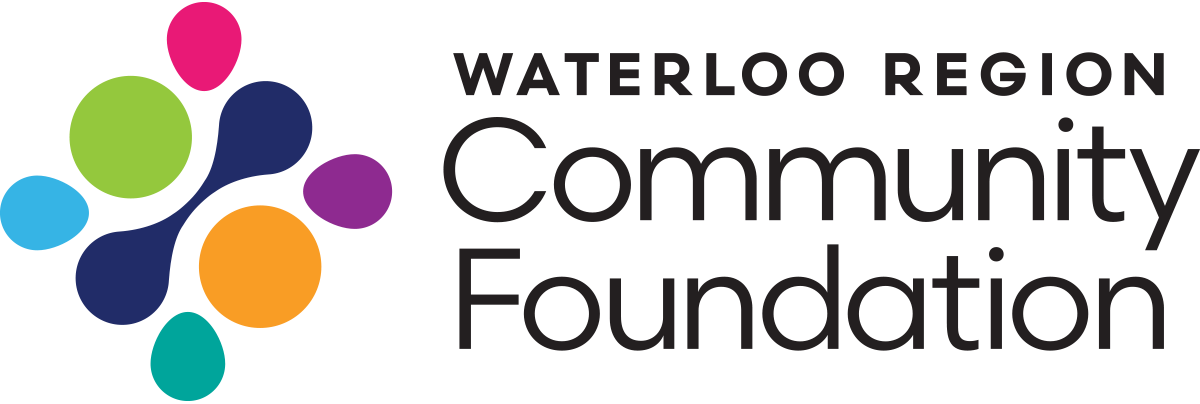Creating A Safe and Welcoming Space
A park in downtown Kitchener will soon be transformed into a living legacy of Indigenous peoples who originally lived in this area and a safe and welcoming space for those who live here now, thanks to a grant from Waterloo Region Community Foundation (WRCF).
The Cherry Park Neighbourhood Association received $5,000 in funding from WRCF for Phase One of its KW Attawandaron Cultural Placemaking Initiative program. This funding provided the opportunity for the association to gather information and conduct interviews with Indigenous groups about how Raddatz Park might have been used in the past, and how to transform it and other parks like it for the future.
“This project couldn’t have really happened without that funding,” said project coordinator Tracy Suerich. “WRCF was also flexible when we asked to extend the timeline on the funding, which meant we could work at a pace that was important to the success of this project, as well as work around COVID-19 restrictions.”
The association used the funding to purchase video equipment to record interviews, and to pay honorariums and travel fees to interviewees, which included elders and knowledge keepers at Six Nations and New Credit.
“Some of the interviews lasted 3 hours, and the deeper we went the more people wanted to share with us – because we were there and wanting to listen,” says Suerich. “Every time we had a conversation with someone, they would say, ‘Thank you, thank you for doing this ‘in a good way’, for asking us and listening to us.’” says Suerich.
Now that the one-on-one interviews are complete, Suerich says they will work with their project partners, researchers with Wilfrid Laurier University, to compile the information and their findings. The partnering group comprised of Indigenous academics and experts in planning, geography and archeology will help to review the interviews with Indigenous leaders, and take the findings to group conversations with neighbourhood and Indigenous organizations to see what type of transformation makes sense in this specific space and what can be shared for future placemaking opportunities in the area.
As for how the Raddatz Park will be transformed in the future, that phase of the project is still a few years out. But some ideas include cleaning up the forest and developing a portage trail of wood chips on one side of the creek - keeping in mind not to disturb trees or affect water runoff. There may also be a gathering circle and a healing garden. And then as play structures need to be replaced, there needs to be some thought around how to reflect Indigeneity in people’s lives today and to teach the children who come here through playspaces.
“We want to establish a place of belonging that recognizes Indigenous culture, and recognizes that space and what the Neutral peoples lost here,” says Suerich. “We also want to create a place where urban Indigenous people can heal and be with the world around them in a way that is safe and welcoming.”
To learn more about the KW Attawandaron Cultural Placemaking Initiative, visit Instagram: @neutralplaceskw.
Note: This story was written prior to Cambridge & North Dumfries Community Foundation and Kitchener Waterloo Community Foundation unifying to become Waterloo Region Community Foundation. Although the story was created by KWCF, we have updated the organization name to WRCF throughout the story.
